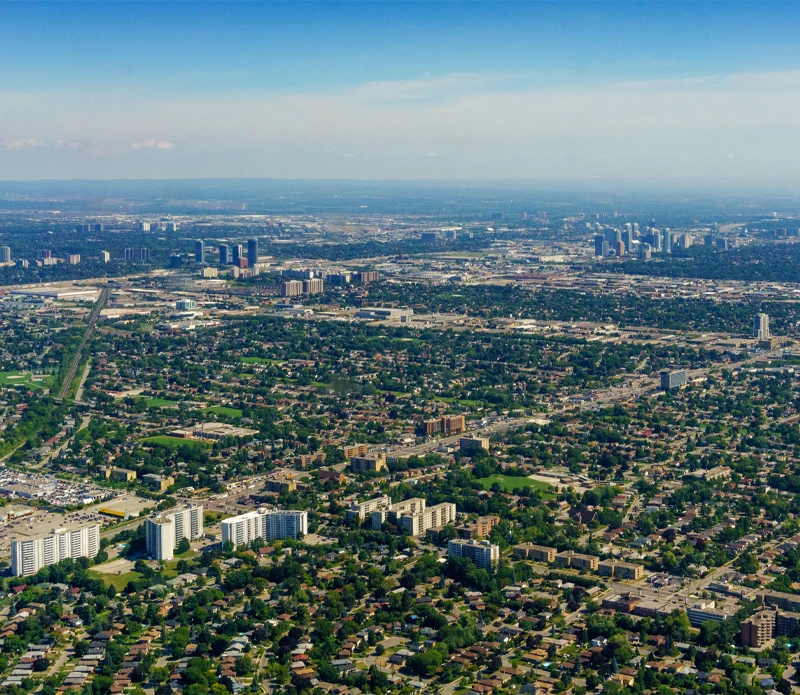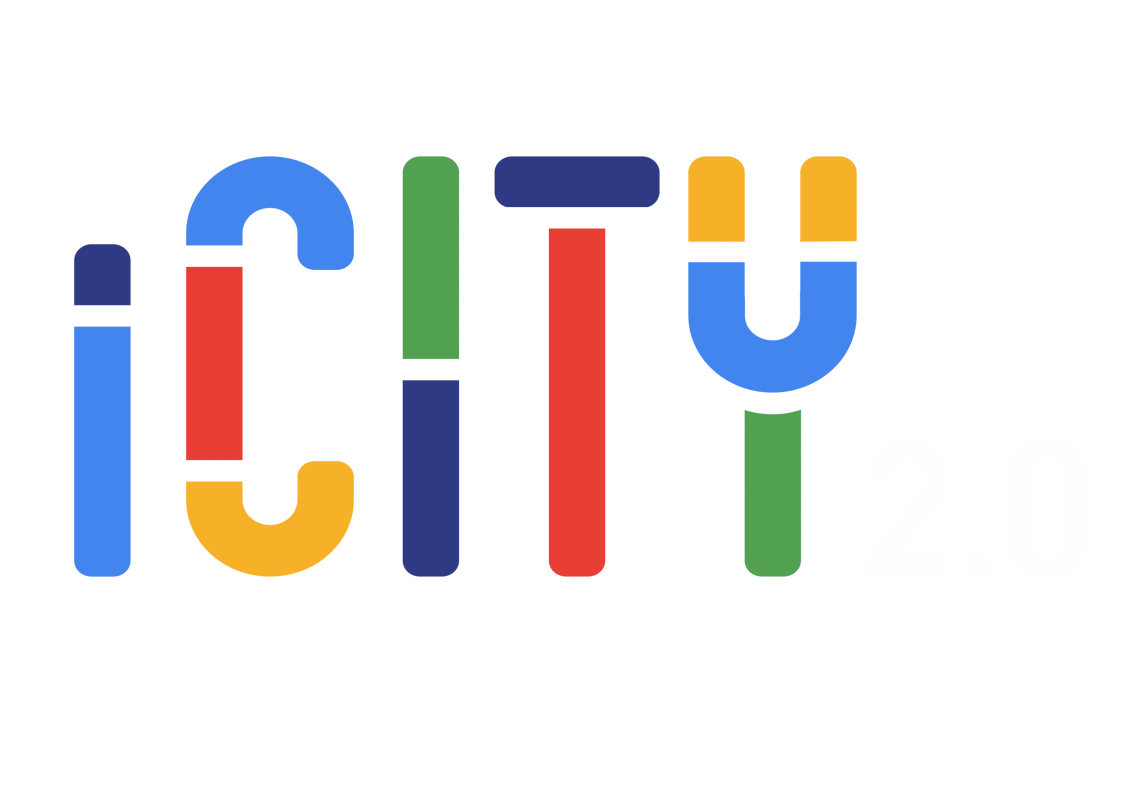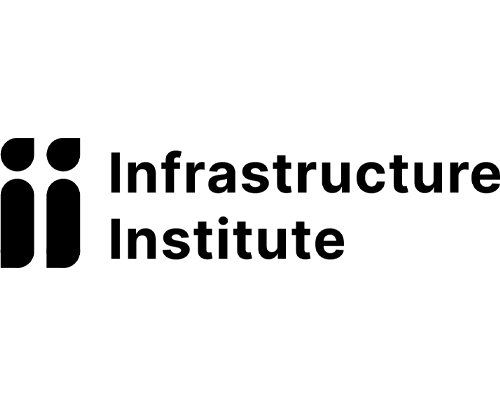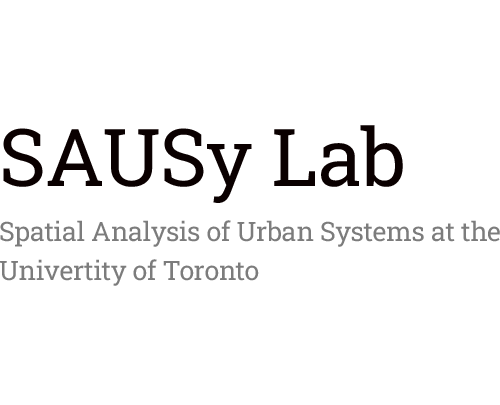Mobility Network at the University of Toronto
The Mobility Network is a University of Toronto initiative that connects researchers across disciplines to advance innovative solutions for more just, sustainable, and efficient cities
Write to us
Discover the Future of Urban Mobility
We are excited to announce the development of the Mobility Network Research Consortium (MNRC), a transformative initiative aimed at driving innovation and collaboration in urban mobility research.
Learn more about the MNRCTransportation Research Projects at the University of Toronto

The Travel Modelling Group (TMG) is a research group housed within the Department of Civil Engineering, University of Toronto.

The Centre for Automated and Transformative Transportation Systems (CATTS) is a research centre for analyzing and quantifying transformation within transportation systems in the era of advanced technologies and automation.

CLUE addresses an interrelated set of challenges and opportunities arising from trends in urban goods movements, through the execution of 24 projects organized in four broad themes.

iCity is a virtual lab for urban design that works towards improving urban transportation system performance and designing efficient, substantiable, high quality of life cites.

We are a training, advisory and interdisciplinary research hub at the University of Toronto’s School of Cities. Our vision is to build local and global expertise in planning for civil and social infrastructure, decision-making, and delivery.

Mobilizing Justice is a multi-sector research partnership committed to solving transportation inequities in Canadian cities.

Spatial Analysis of Urban Systems Lab is a collaborative research lab that uses advanced spatial analysis to understand how cities affect society in the 21st century.

The Transit Analytics Lab (TAL) of the University of Toronto, established in 2020 with University of Toronto funding from the Faculty of Applied Science & Engineering Dean’s Strategic Fund, is headed by UTTRI associated faculty Professor Amer Shalaby, an expert in urban public transit.)
